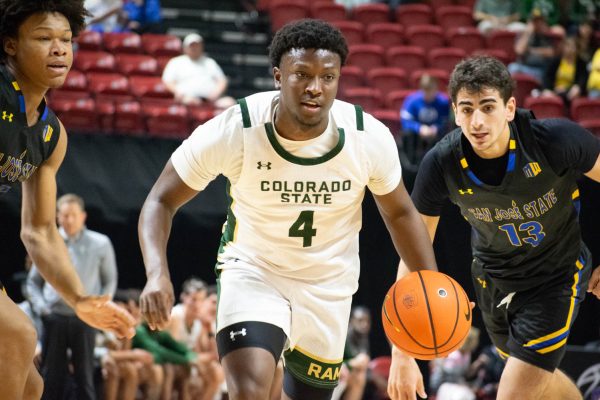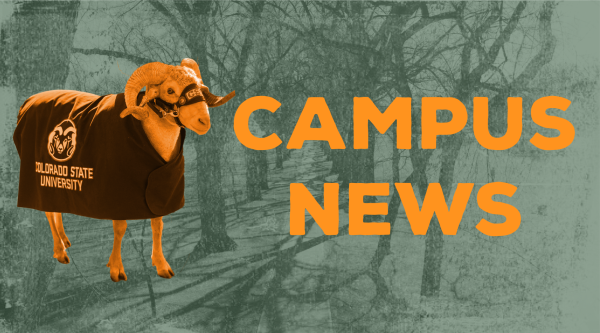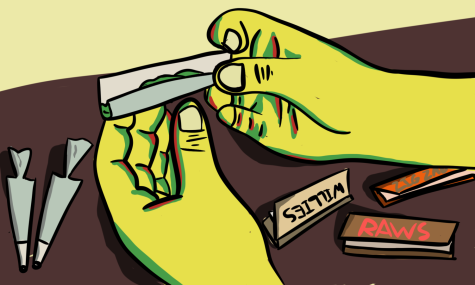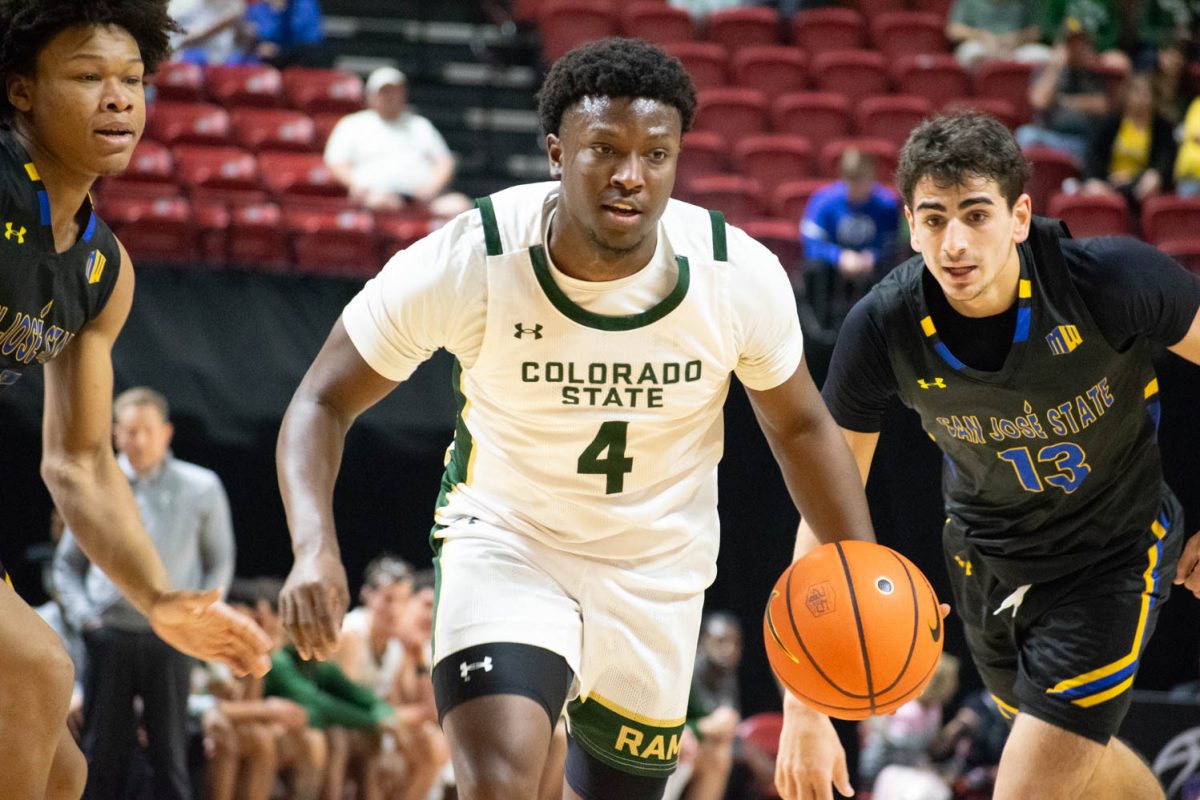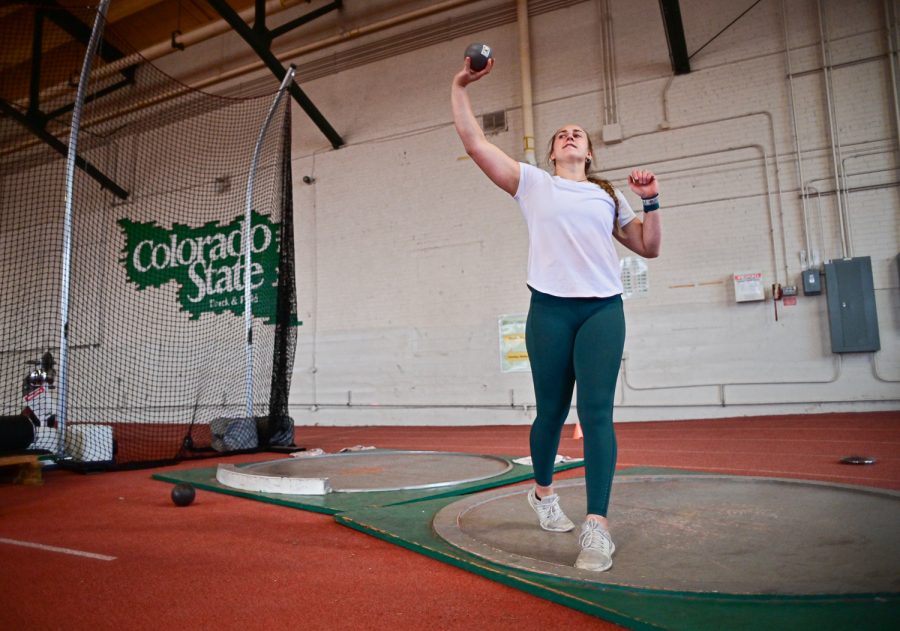A recent report from the Colorado Office of the State Auditor shows that in the fiscal year 2022, Colorado State University’s athletic expenses were growing faster than their self-supporting revenue.
All but two collegiate athletic teams in Colorado were losing more money than they were making, according to the report. Matt Klein, senior associate athletic director for business operations and athletic department chief financial officer, said the context behind these numbers paints a very different picture in terms of profits and justification behind collegiate budgets.
Ad
CSU reported a $28.2 million deficit, or required institutional support, compared to University of Colorado Boulder’s $13 million deficit. Though CSU reported the highest deficit of Division I institutions in the state, the report isn’t an entirely accurate comparison, Klein said.
“Athletic expenses actually grew at a slower rate than the university,” Klein said.
Two major contributors to this fiscal year that impact the report are Canvas expenses and the cost contract turnover for football coaches — expenses CU didn’t have.
“The stadium is its own living, breathing animal,” Klein said. “It’s actually one of, if not the only, university building I believe on campus that has to cover its own expenses. … The university does not help out with it at all, with a caveat of a small $600,000 allocation that the university allowed us to keep from Hughes Stadium.”
In addition to these unexpected expenses, athletics is responsible for one substantial cost: student-athlete scholarships. Athletic scholarships provide an alternative pathway to college and are a big part of the reason why student-athletes make up 1.3% of the university population but over 2% of the total minority population at CSU. Athletics contributes diversity, marketing, media attention and community feel to the campus.
While this money is given back to students, it is also partially funded by student fees. Of the $2,620 students pay in fees annually, $231 goes directly to athletics.
“Yes, we’re getting that money from the university, but here’s how we view that,” Klein said. “We turn around and, with athletic aid, give it right back.”
Athletics must present to the Student Fee Review Board, which Alex Silverhart chairs as vice president of Associated Students of CSU, every year to determine the student fee amount. Some members of the board are adamant defenders of the fee, and others question if a fee that high is justifiable.
“There’s dual perspectives,” Silverhart said. “There’s the perspective that not everyone’s going to the sports games — not everyone is using this fee — and we get that for a lot of fees. … At the same time, athletics is supporting a lot of students; they have a ton of student-athletes.”
Ad
SFRB athletics liaison Rachel McMillan works for athletics as a photographer and digital media intern. She represents another group that athletics supports financially: student employees.
“My income is partially funded by student fees, and the amount of money that the support staff makes is partially determined by this,” McMillan said. “And so I have a personal stake in it.”
Of course, students would prefer to spend less on fees. Arguments have been made over the years that students who don’t participate in athletics as consumers or athletes should be able to opt out of this specific fee. That’s a complex process to initiate, and while shifting to a ticket system similar to Boulder’s has been considered, there are potentially negative effects, Silverhart said.
McMillan urged students to learn more about student fees and where they go. While not all students are directly impacted by the fees, the overall campus culture benefits. From McMillan’s perspective, women’s athletics is a perfect example.
“I’ve met a lot of really young girls who are super inspired by the fact that there’s these brand new complexes that are being used for women in sports specifically,” McMillan said. “(They) are meeting CSU softball and soccer players who are really encouraging them to continue to go into sports. Our understanding is that there is a place for women in sports on the athletic side but also on the administrative side.”
While student fees support student-athletes, student concerns regarding fees involve more than just where the money goes. Unlike other fee-supported areas, CSU Athletics hasn’t asked for an increase in fees in over a decade, Klein said. Regardless, students support athletics in more ways than financial.
“Some of their self-generated revenue … feels like (it) is, in its own way, a student fee,” SFRB voting member Benton Roesler said. “It would just be better if they were more honest about the fact that they do benefit off of the loss of students in their self-generated revenue. That’s why they don’t ask for a fee increase — because they already get that fee increase in all the other ways that they make money off of students.”
The money from the university substantiates an investment in the athletics program. As Klein pointed out, CSU has to pay to be competitive. While the $28.2 million dollar deficit is sizable, it isn’t out of line with other universities in the Mountain West.
CSU’s student fees to athletics are comparable to other universities in the Mountain West; however, CSU also receives the most institutional and government support in the conference. The concept behind this is that as the institution invests in athletics, the popularity and profit of sports will increase, bringing attention to the university and its other accolades, Klein said.
The CSU versus CU Rocky Mountain Showdown game was the fifth most-watched college football game ever on ESPN, with peak viewing at 11.1 million viewers. Klein said that after that game, CSU experienced increased traffic to CSU associated sites.
“How else do you get 11 million people to recognize the CSU logo?” Klein asked.
Whether or not this investment is worth it will depend on time. But for now, CSU as an institution is committed to supporting athletics as the “front porch” of the university, Klein said.
“Colorado State Athletics provides an invaluable platform to bring our communities — on campus and off campus — together to celebrate being Rams,” a statement from CSU reads. “The university has made it clear that Division I athletics, played at the highest level, are an important part of the fabric of our campus and for student experience and are a catalyst for gift support that helps CSU achieve its educational and research missions. Large peer land-grant institutions around the country have made the same judgment. The Department of Athletics is a thoughtful steward of university resources, and we will continue to operate, as we always have, with an eye on fiscal responsibility. Support for CSU athletics accounts for 1.64% of CSU’s more than $1.2 billion in annual expenditures and returns $8.5 million in tuition revenue, room and board and facility overhead.”
Reach Ivy Secrest at sports@collegian.com or on Twitter @ivysecrest.


